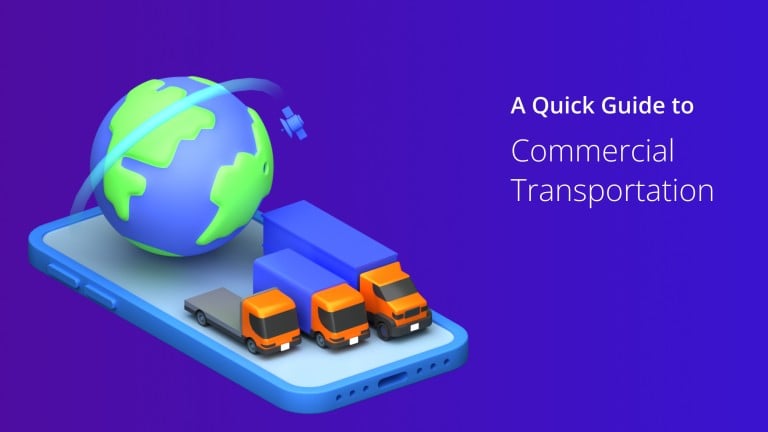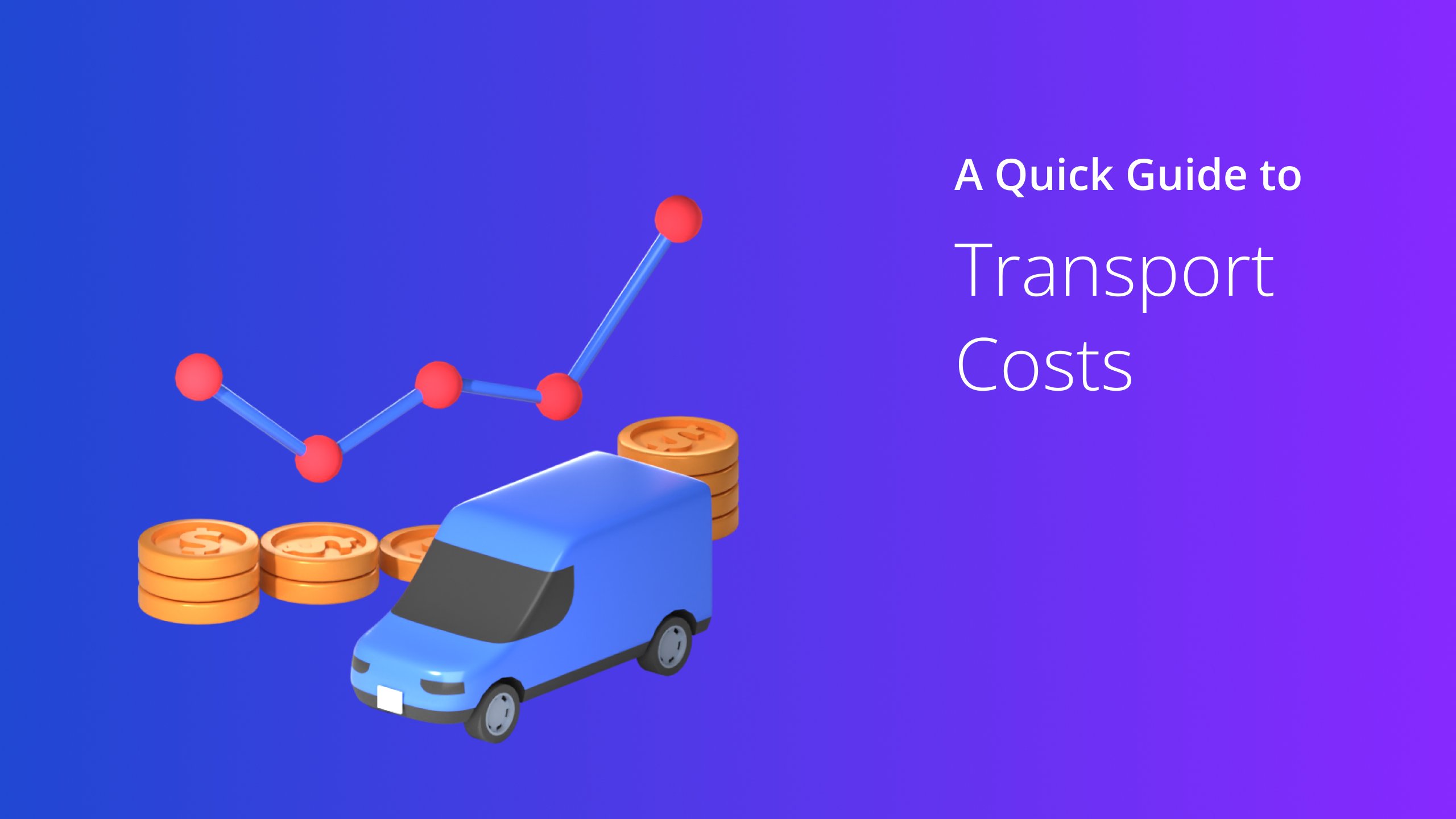Commercial transportation is the movement of people or goods to make a profit. This works well with businesses that aim to transport their goods to different parts of the world.
The same can be said for people dispatched to other locations to close deals.
Let’s dive deeper so you have a better understanding of this term.
Truck Route Navigation App

Table of Contents
What is Commercial Transportation?
Commercial transportation is the process of moving people or goods from one location to another so an individual or business makes a profit.
The most common commercial transport vehicles include heavy trucks, buses, pickups, and coaches.
These must meet federal and state regulations, such as having a maximum gross vehicle weight limitation or a specific number of passengers if they are to be used commercially.
Those that transport hazardous materials are also deemed commercial vehicles.
Want To See For Yourself How Route4Me Can Help You Start A Medical Transportation Business?

Types Of Commercial Transportation
Air Transportation
Air transportation is the future of commercial transport. Airplanes operate on a fixed schedule, so it’s a viable option for those wanting to get their goods transported in a
matter of days (even internationally).
And despite occasional flight delays, air transport is still the fastest, especially compared to water or road.
The enhanced security will also ensure that the quality of the goods is not compromised.
However, a great con to it is its hefty cost — you will be expected to pay more for fuel, maintenance, tickets, checkpoints, and other special handling fees. Air transport is also limited, as some hazardous materials are prohibited in flight.
Water Transportation
Water transportation, or marine transportation, pertains to goods transported via ships. Over the years, 90 percent of the world’s trade economy is done via ocean transport.
Ships vary in length, which means they can carry tons of weight. This is especially useful for items that must be shipped in bulk, such as any line of metals and agriculture machinery.
This also ensures that your goods will be transported safely. The slow movement of the ship is great if you need to move easily damaged goods.
However, this is not the best option for those who place fast delivery as one of their top needs.
Road Transportation
Road transport moves goods via trucks and other motor vehicles. It is the leading cause of most northern border freight between the US and Canada, and growth is expected in the next decade.
This is the ideal option for businesses that need to make small, quick shipments across cities.
One great thing about road transport is it doesn’t have a lot of restrictions. GPS technology will also give you information on the current whereabouts of your shipment, unlike air or water.
However, this is said to be the least reliable. Road travel can be tricky, which is a challenge for fragile items. You’ll also find that trucking is also the most susceptible to delays due to bad weather and heavy traffic.
Rail Transportation
As the name suggests, rail transport moves goods via the railways. This is an ideal option for businesses that need scheduled ground freight.
Trains can carry heavier items than trucks and operate on a fixed schedule. This means you can transport heavy items and mitigate the risks of delays.
One downside to rail transport is its limited access. Public railroad tracks are located in only a few areas, so this is often combined with road transport for more efficient delivery.
Characteristics Of Commercial Transportation
Goods Or Passengers Transported For Profit
If the transportation service provider makes a profit, this hire is considered a commercial activity.
Vehicles Designed For Commercial Use
Some examples of vehicles designed for commercial use include trucks, trains, ships, and airplanes.
Regulated By Government Agencies
The FMCSA and Department of Transportation regulate commercial vehicles in the United States. They create safety standards, monitor regulation compliance, and issue licenses and permits.
Requires Licensing And Insurance
Those in the commercial transportation industry require licensing for legal operations. An example includes a Commercial Drivers License (CDL), which legally proves you can operate a commercial vehicle.
Commercial transport companies must also carry insurance in case of accidents or damages.
The requirements vary depending on the type of service being provided and the location in which the company is operating.
Adherence To Safety Regulations
Commercial transport companies must strictly adhere to regulations, such as HOS, vehicle maintenance, and driver training and responsibility.
Failure to do so can result in fines, penalties, and even the loss of operating authority.
Frequently Asked Questions (FAQs) about Commercial Transportation
What is non-commercial transport?
What is the importance of commercial transportation?
In Conclusion
Commercial transport covers moving goods or people from one location to another to make a profit.
Trucking is always the first to come to mind, but airplanes, cargo ships, and trains are also effective means of transporting goods.
The best method is one that would meet your business needs. If you’re moving goods internationally, air or water transport is your best choice.
Water transport is less costly than air, but it is a lot slower.
On the other hand, road and rail transport move goods via the highway and railroad.
Want To See For Yourself How Route4Me Can Help You Transport Goods Efficiently?





